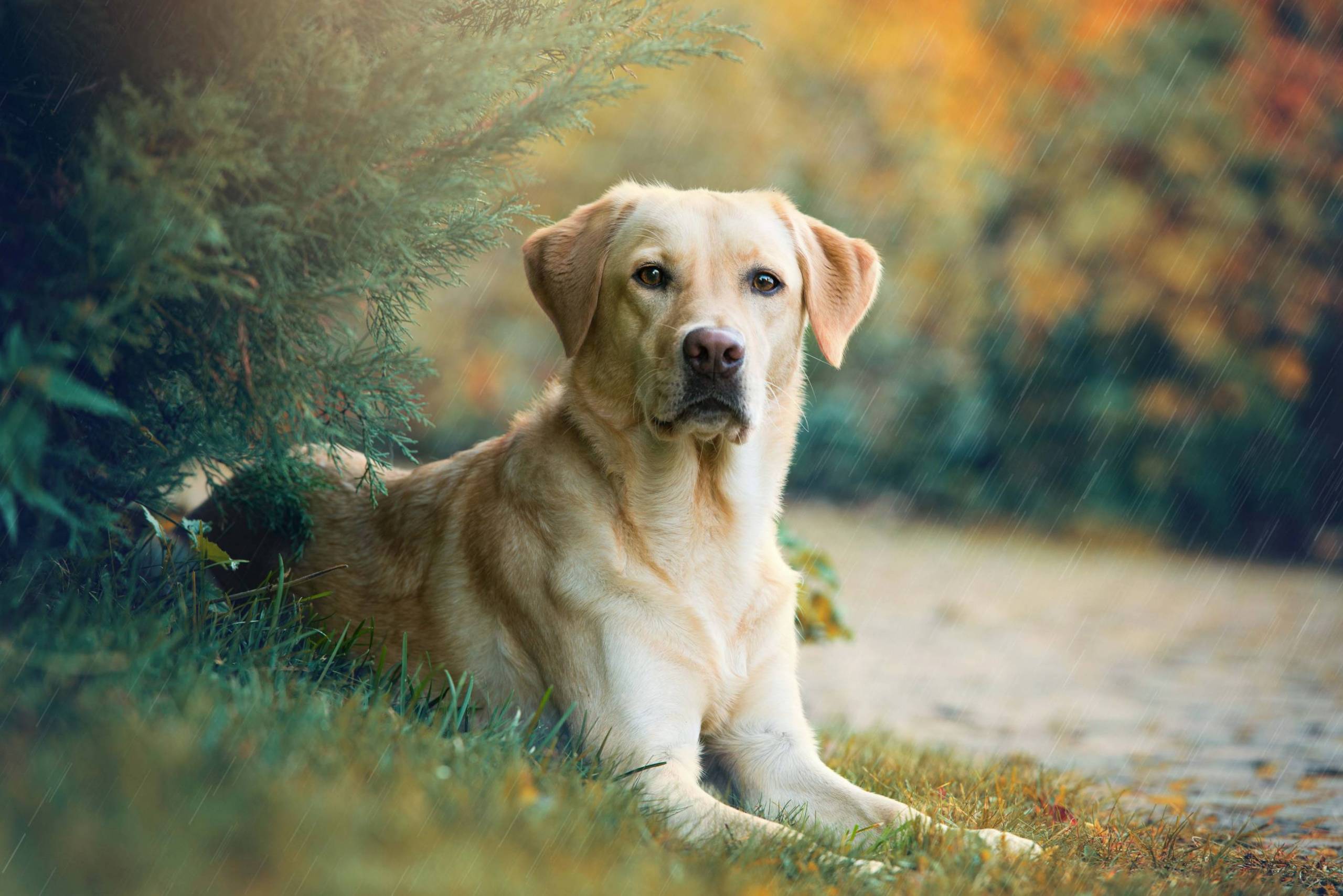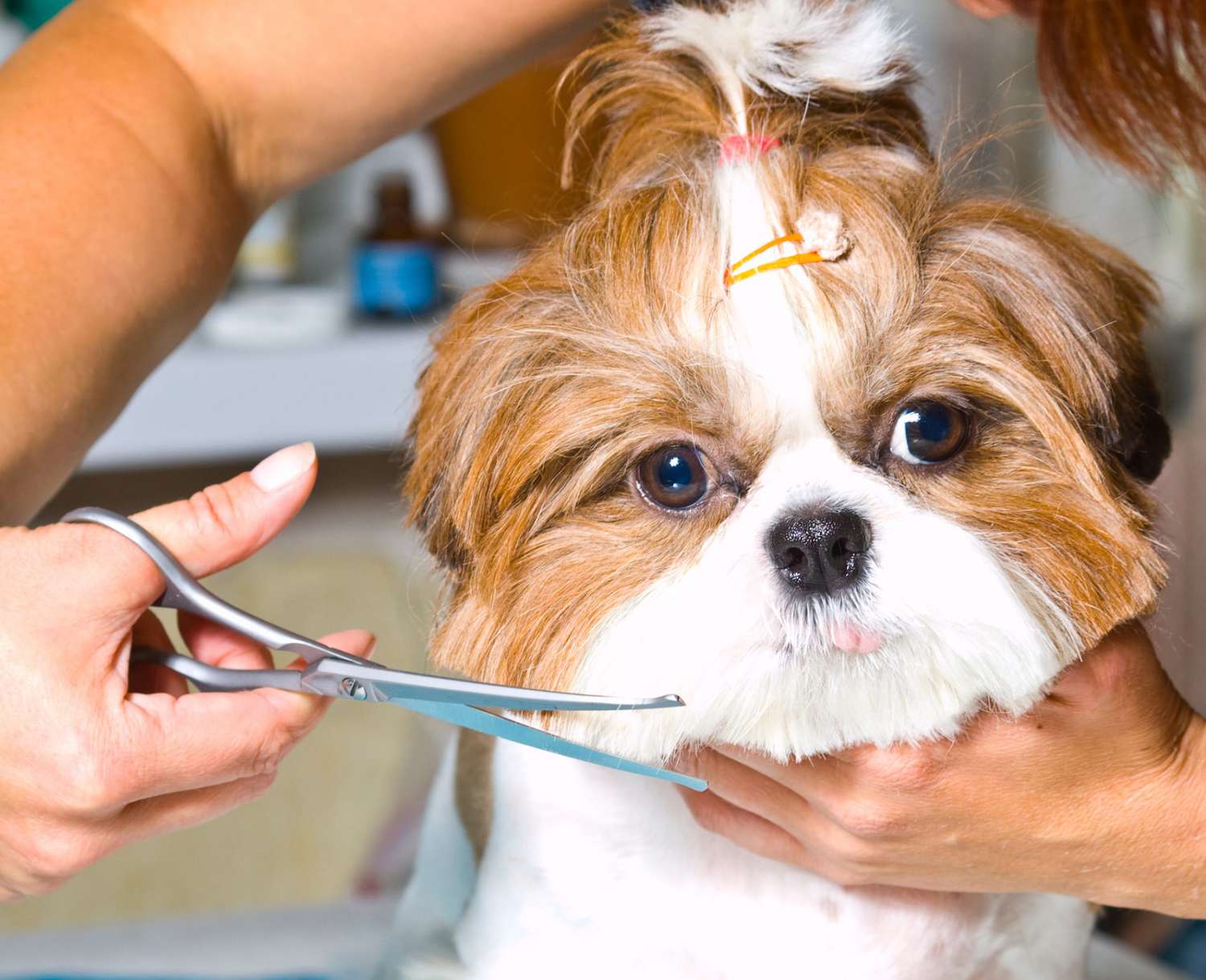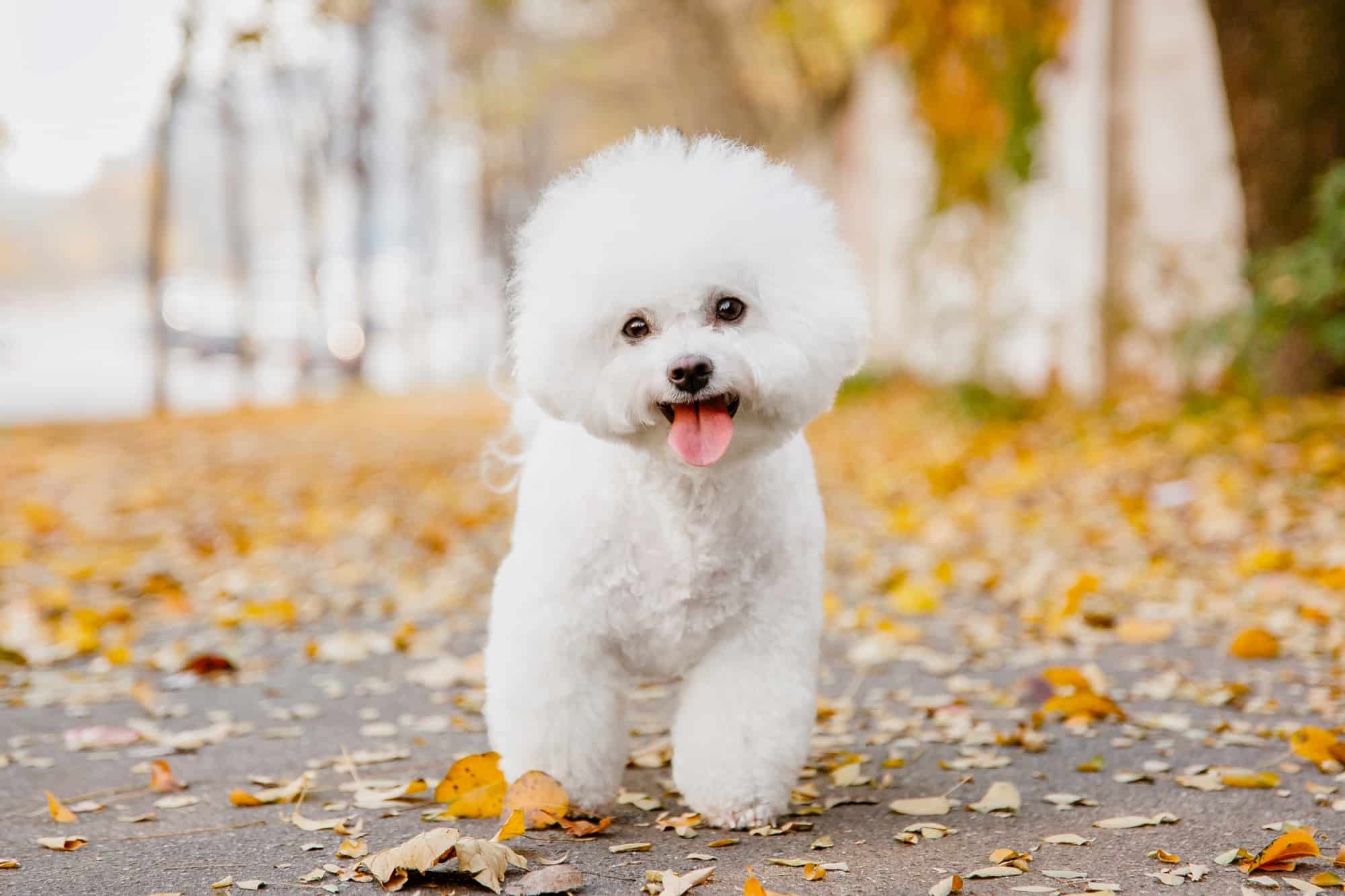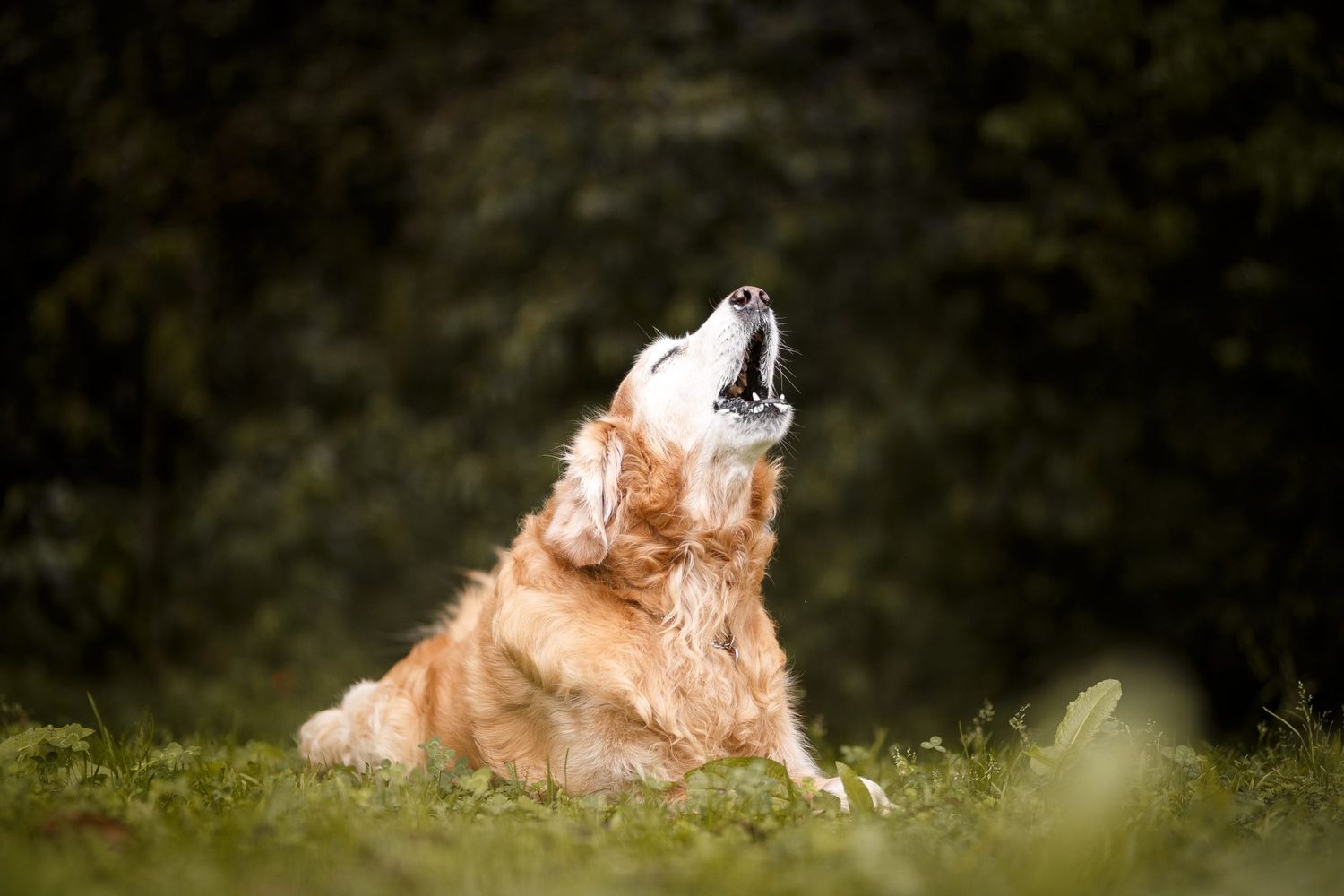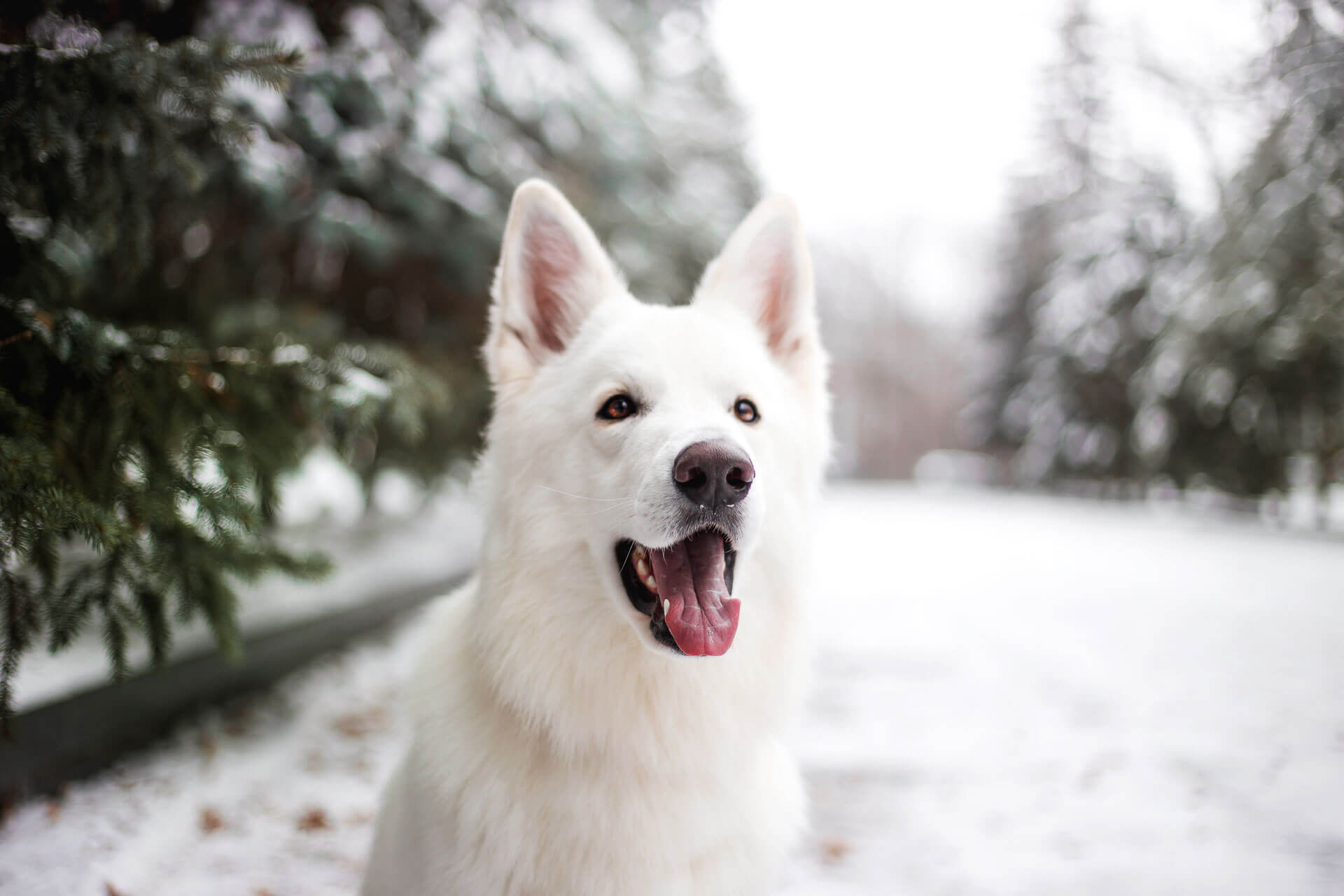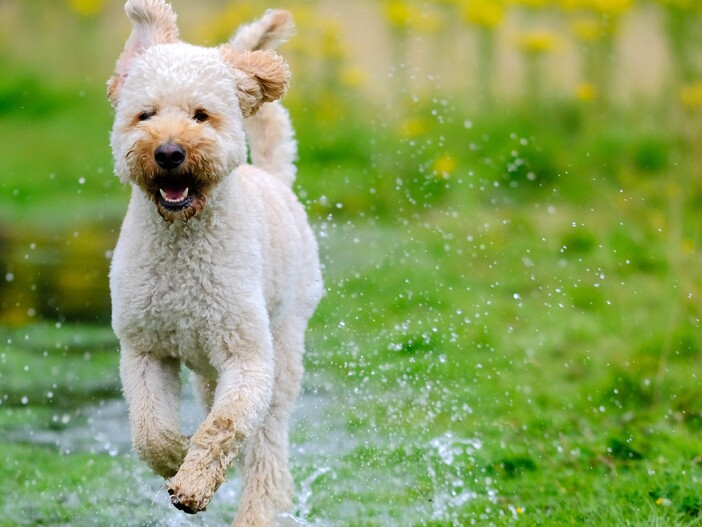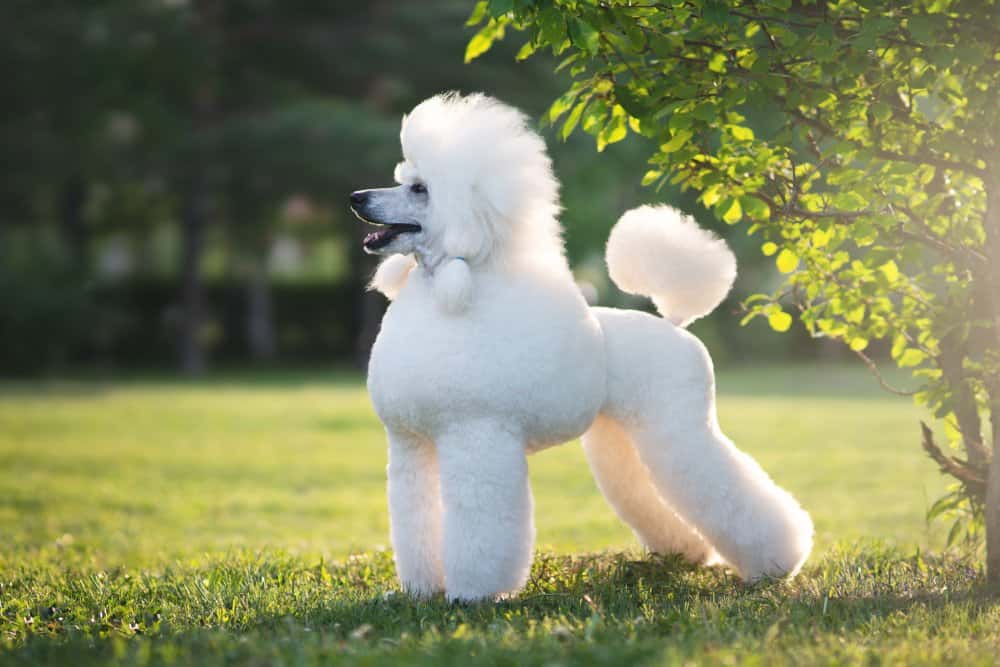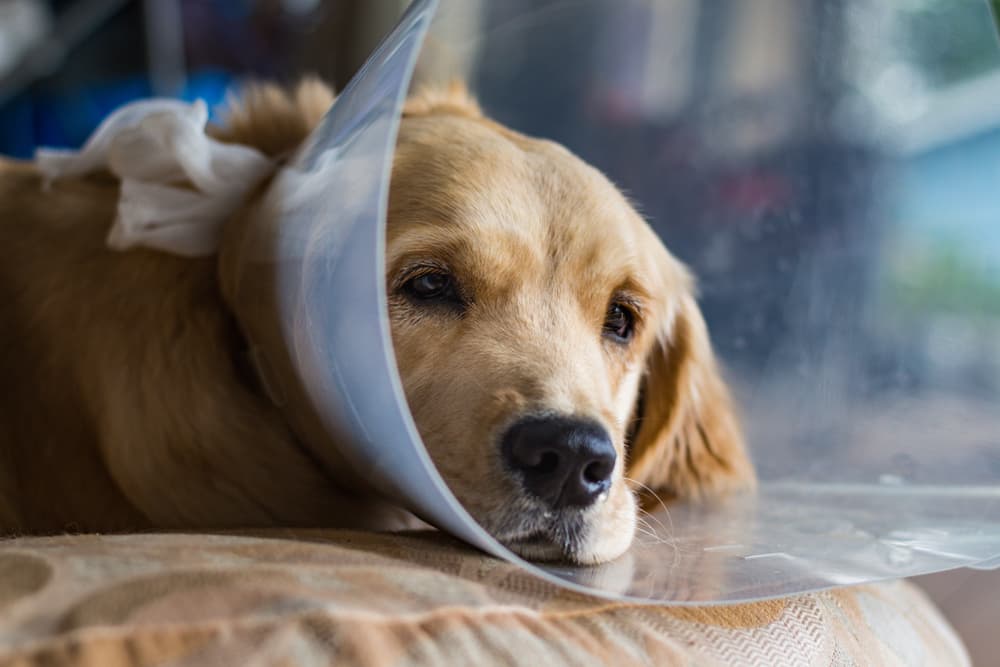Aggression in dogs is a complex issue that can be caused by various factors, including genetics, environment, and individual temperament. While any dog breed can display aggressive behavior, some breeds are more commonly associated with aggression than others.
In this article, we will explore 10 types of aggressive dogs that appear on at least one of the lists available online.
You are reading: 10 Types Of Aggressive Dogs
It’s important to note that breed alone does not determine a dog’s behavior, and several factors including environmental and individual factors also contribute to aggressive behavior significantly. Early training and socialization can help curb aggressive behavior in dogs.

10 Types Of Aggressive Dogs
Chihuahua
Chihuahuas are a Mexican breed of toy dog and are among the smallest of all dog breeds. They are named after the Mexican state of Chihuahua and are usually kept as companion animals or for showing.
The Chihuahua is a balanced, graceful dog of terrier-like demeanor, weighing no more than 6 pounds. They have a well-rounded, apple-shaped head and a short, pointed muzzle with a well-defined stop.
Chihuahuas are known for being feisty, independent, and loyal. They can be good with children, but they may be too small and fragile for rough play.
Chihuahuas are relatively low-maintenance dogs, but they do require regular grooming to keep their coats clean and free of mats. While Chihuahuas are not typically aggressive, they can be possessive and aggressive towards other animals.
Dachshund
Dachshunds are a breed of dog that originated in Germany and were bred to hunt badgers. They are known for their long, low-slung bodies and short legs, which make them well-suited for digging and burrowing.
Dachshunds come in three coat varieties: short-haired, long-haired, and wire-haired, and they can be found in a range of colors, including red, black and tan, and chocolate.
Dachshunds are lively, playful, and clever dogs that can be quite stubborn at times. They are also known for being fiercely loyal and bonding closely with their owners. Dachshunds require moderate exercise and regular grooming to keep their coats healthy and free of mats.
While they can be good with children, they may become jealous and snappy if not properly trained and socialized. Dachshunds are prone to back problems due to their long backs, so it’s important to keep them at a healthy weight and avoid activities that could strain their backs.
Chow Chow
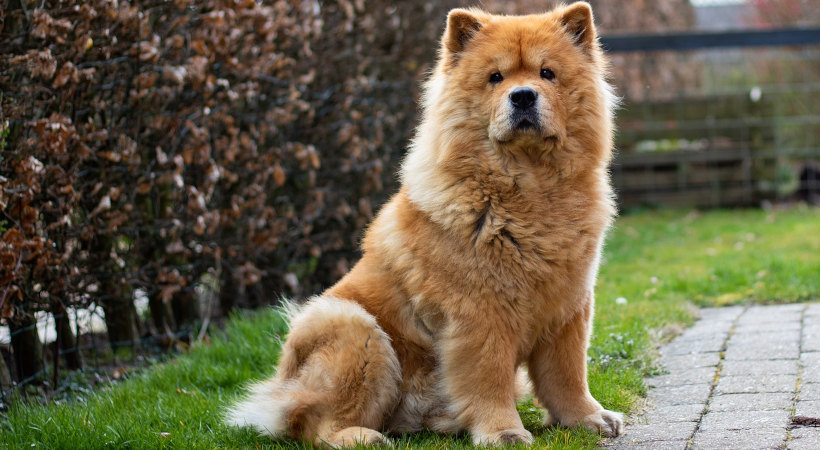
Chow Chows are a breed of dog that are known for their lion-like appearance, with a thick mane and a scowling expression. While they are devoted and protective of their families, they are not usually social or outgoing dogs and can be aggressive with strangers and other dogs.
Chow Chows bond very closely with one or two people and are often very territorial. They have a reputation for being stubborn and independent, which can make training them a challenge.
Chow Chows are fiercely protective and need training to control their guarding tendency. According to a study on the temperament of different dog breeds, Chow Chows rank higher than Rottweilers in the aggressiveness test.
While aggression in Chow Chows is part of their temperament and personality, many factors contribute to this aggression, so it isn’t necessarily all the dog’s fault. Early socialization to other dogs, pets, and people is important to prevent territorial aggression.
If your Chow Chow becomes aggressive to the point where they are snarling or snapping at you, you should speak with your vet immediately.
Akita
Akita is a large and powerful breed of dog that originated in Japan. They are known for their loyalty, intelligence, and protective nature. However, Akitas can also be prone to aggression, especially towards other dogs and strangers.
Read more : 9 Beautiful Types Of Collie Dog Breeds
If you have an Akita that is displaying aggressive behavior, it’s important to seek the help of a professional dog trainer who specializes in behavior issues like aggression and fear. Training an Akita not to be aggressive requires a reasonable measure of how and why your dog is expressing aggression.
Early socialization and obedience training are essential for controlling and preventing aggressive behavior in Akitas. Muzzle training your Akita with peanut butter or another delicious smearable treat can also be helpful for safety during training.
There are also games like the engage-disengage game that can help an Akita stop acting aggressively when they see other dogs. It’s important to keep in mind that Akitas are powerful dogs with their own thoughts, impulses, and instincts, so it’s crucial to prioritize the safety of your dog, other people, and animals involved.
American Pitbull Terrier
Pit bulls, including the American Pit Bull Terrier, have unfortunately been stereotyped as aggressive and dangerous animals, but a well-socialized and trained pit bull is far from it. In fact, the UKC’s official breed standard for the American Pit Bull Terrier states that “most APBTs exhibit some level of dog aggression”.
However, dog aggression in the pit bull should not be viewed as a fault or problem. Pit bulls are known for their loyalty, intelligence, and protective nature, but they can also be prone to aggression, especially towards other dogs and strangers. A well-socialized pit bull should never show aggression toward humans.
Pit bulls are not inherently aggressive, but in many cases, they suffer at the hands of irresponsible owners drawn to the dog’s macho image who encourage aggression for fighting and protection. Early socialization and obedience training are essential for controlling and preventing aggressive behavior in pit bulls.
It’s important to keep in mind that pit bulls are powerful dogs with their own thoughts, impulses, and instincts, so it’s crucial to prioritize the safety of your dog, other people, and animals involved.
Cane Corso
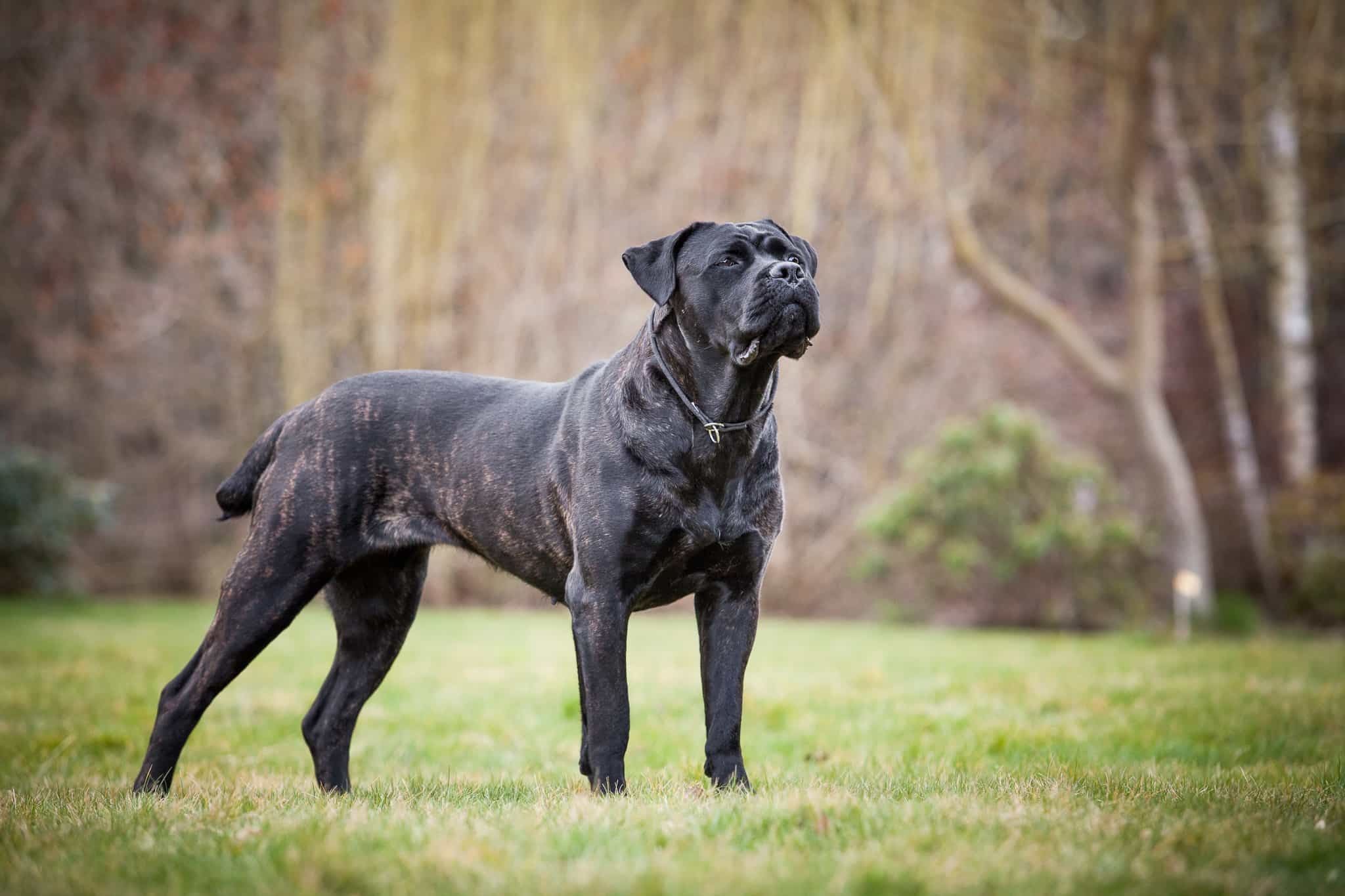
Cane Corso is a large and muscular breed of dog that was originally bred for hunting and guarding. While they are not inherently aggressive dogs, their large size means that early training and socialization are essential to avoid aggressive behavior.
Cane Corsos can learn aggressive behavior due to trauma or poor training. They are protective of their families and can be wary of strangers, which can lead to aggression if not properly trained and socialized.
Cane Corsos are deeply emotional beings and form strong bonds with their families, which can lead to aggressive behavior if they feel their family is threatened. Factors that influence the aggression level of a Cane Corso include training, environment, and genetics.
It’s important to buy from a reputable breeder to ensure that your Cane Corso has an even temperament. If you have a Cane Corso that is displaying aggressive behavior, it’s important to seek the help of a professional dog trainer who specializes in behavior issues like aggression and fear.
Rottweiler
Rottweilers are a large and powerful breed of dog that are often associated with aggression. However, like any breed, Rottweilers are not inherently aggressive, and their behavior is influenced by several factors, including genetics, environment, and training. Here are some common signs of aggression in Rottweilers:
– Growling or snarling
– Biting or snapping
– Lunging or charging
– Stiff body posture
– Raised hackles
– Showing teeth
One common cause of aggression in Rottweilers is resource guarding, where the dog becomes aggressive when someone approaches their food bowl or toys.
Territorial aggression is another common cause of aggression in Rottweilers, where the dog becomes aggressive towards strangers or other animals that enter their territory.
If you have a Rottweiler that is displaying aggressive behavior, it’s important to seek the help of a professional dog trainer who specializes in behavior issues like aggression and fear.
When dealing with aggressive behavior in Rottweilers, it’s important to remain calm and avoid confrontation, as this can intensify their aggressive tendencies. Enriching your Rottweiler’s world with praise for good behavior can help ease their anxiety and prevent aggressive behavior.
Doberman Pinscher
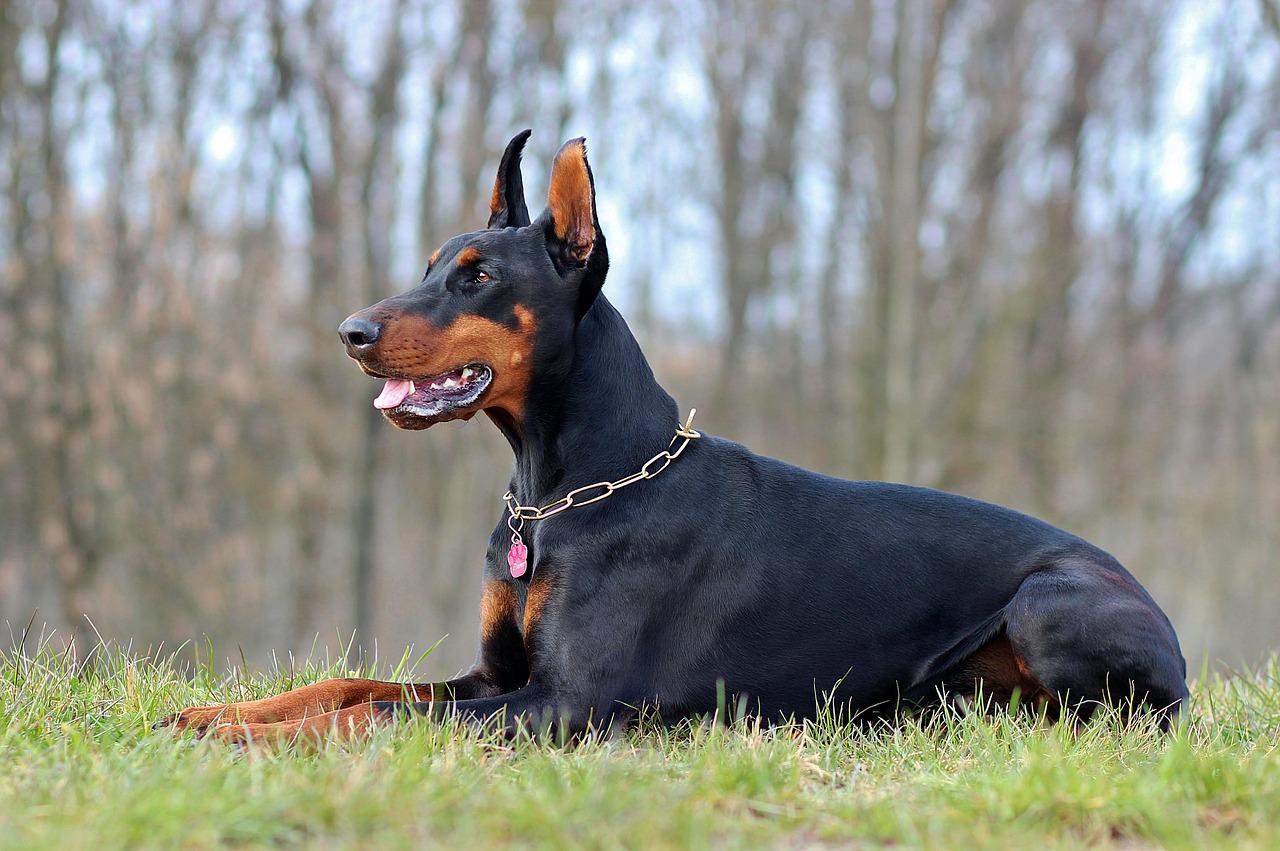
Doberman Pinschers are a breed of dog that are often associated with aggression, but like any breed, they are not inherently aggressive. Their behavior is influenced by several factors, including genetics, environment, and training. Here are some common signs of aggression in Doberman Pinschers:
– Growling or snarling
– Biting or snapping
– Lunging or charging
– Stiff body posture
– Raised hackles
– Showing teeth
One common cause of aggression in Doberman Pinschers is resource guarding, where the dog becomes aggressive when someone approaches their food bowl or toys.
Read more : Why Does My Dog Lick My Pants?
Territorial aggression is another common cause of aggression in Doberman Pinschers, where the dog becomes aggressive towards strangers or other animals that enter their territory. Early socialization and obedience training are essential for controlling and preventing aggressive behavior in Doberman Pinschers.
It’s important to keep in mind that Doberman Pinschers are powerful dogs with their own thoughts, impulses, and instincts, so it’s crucial to prioritize the safety of your dog, other people, and animals involved.
If you have a Doberman Pinscher that is displaying aggressive behavior, it’s important to seek the help of a professional dog trainer who specializes in behavior issues like aggression and fear.
Dogo Argentino
Dogo Argentinos are a breed of dog that were originally bred in Argentina for big-game hunting, including wild boar and puma. Here are some key points about Dogo Argentinos and aggression based on the search results:
– As a general rule, Dogo Argentinos are some of the most aggressive dogs in the world, but they are not usually dangerous to people.
– Dogo Argentinos can be dominant or aggressive toward other dogs of the same sex, and many have strong instincts to chase and seize cats and other fleeing creatures.
– With their dog-fighting ancestry, dog aggression can be a problem in Dogo Argentinos, and they should be thoroughly socialized with other dogs from an early age.
– Most Dogo Argentinos are dominant or aggressive toward other dogs of the same sex, and many have strong instincts to chase and seize cats and other fleeing creatures.
– Dogo Argentinos have had documented cases of aggression towards strangers, but they are also sometimes aggressive with their owners.
– The Dogo Argentino should be owned by active people who will develop his athletic abilities, and he must have plenty of physical exercise to maintain his superb muscle structure and plenty of mental exercise to satisfy his desire to work and hunt.
– The Dogo Argentino was developed to hunt other animals, so animal aggression can be a problem.
– In 2020, a two-year-old girl was killed by a Dogo Argentino in Argentina.
It’s important to note that while Dogo Argentinos can be aggressive, not all of them are, and their behavior is influenced by several factors, including genetics, environment, and training.
Early socialization and obedience training are essential for controlling and preventing aggressive behavior in Dogo Argentinos. If you have a Dogo Argentino that is displaying aggressive behavior, it’s important to seek the help of a professional dog trainer who specializes in behavior issues like aggression and fear.
Wolf-Dog Hybrid
Wolf-dog hybrids, also known as wolfdogs, are animals that are part wolf and part dog. Both species share an evolutionary past, making them very physically and behaviorally similar. However, owning a wolf-dog hybrid can be challenging, as they are large animals that can turn aggressive if not taken care of correctly.
Here are some key points about wolf-dog hybrids and aggression based on the search results:
– Due to the shy nature of wolves, hybrids usually make poor protection dogs. Aggressive tendencies, if any, in the hybrid may be fear-induced and as such, can be unpredictable.
– Wolfdogs can cause problems due to their partially-undomesticated nature, and they can be challenging to manage for uninformed owners that haven’t properly researched these canines.
– The behavior of hybrids can be inconsistent, unpredictable, and challenging to manage, according to experts.
– Wolfdogs can be fearful of humans, have high prey drive, high energy, be territorial, destructive, extremely independent, and be escape artists.
– Depending on wolf content, temperament can vary greatly, and both the wolf personality and the domestic dog personality should be taken into account if you are interested in a wolfdog.
– Wolf dogs retain much of the instinctive behavior of their wild relatives, and they can be headstrong and aggressive.
It’s important to note that owning a wolf-dog hybrid is not recommended for most people, and in some states, it is illegal to own one without a special permit.
If you are considering owning a wolf-dog hybrid, it’s important to do extensive research and seek the help of a professional who specializes in these animals.
FAQS
1. What are the different types of aggressive dogs?
There are several breeds of dogs that are commonly associated with aggression, including American Pit Bull Terriers, Rottweilers, German Shepherds, Doberman Pinschers, Chow Chows, Cane Corsos, and Dogo Argentinos.
2. Are all dogs of these breeds aggressive?
No, not all dogs of these breeds are aggressive. Aggression in dogs is influenced by several factors, including genetics, environment, and training.
3. What are the signs of aggression in dogs?
Signs of aggression in dogs can include growling, snarling, biting, lunging, charging, stiff body posture, raised hackles, showing teeth, and more.
4. How can I prevent my dog from becoming aggressive?
Early socialization and obedience training are essential for controlling and preventing aggressive behavior in dogs. Seeking the help of a professional dog trainer who specializes in behavior issues like aggression and fear can also be helpful.
5. What should I do if my dog displays aggressive behavior?
If your dog displays aggressive behavior, it’s important to seek the help of a professional dog trainer who specializes in behavior issues like aggression and fear. It’s also important to prioritize the safety of your dog, other people, and animals involved.
6. Are some breeds of dogs naturally aggressive?
While some breeds of dogs may be more prone to aggression than others, aggression in dogs is influenced by several factors, including genetics, environment, and training.
7. Will neutering my dog make it less aggressive?
Neutering can sometimes help reduce aggression in dogs, but it’s not a guaranteed solution. Seeking the help of a professional dog trainer who specializes in behavior issues like aggression and fear is often necessary.
8. Should I tell my dog off when it is aggressive?
No, telling your dog off when it is aggressive can actually make the behavior worse. Seeking the help of a professional dog trainer who specializes in behavior issues like aggression and fear is often necessary.
9. How can I avoid dog attacks?
Avoiding dog attacks involves being aware of your surroundings, respecting warning signs, and creating space by moving your dog away from a person, dog, or event that is triggering aggressive behavior.
10. Can aggressive behavior in dogs be predicted?
While it’s not always possible to predict aggressive behavior in dogs, early socialization and obedience training can help prevent and control aggressive behavior. Seeking the help of a professional dog trainer who specializes in behavior issues like aggression and fear can also be helpful.
Source: https://petstutorial.com
Category: DOGS


